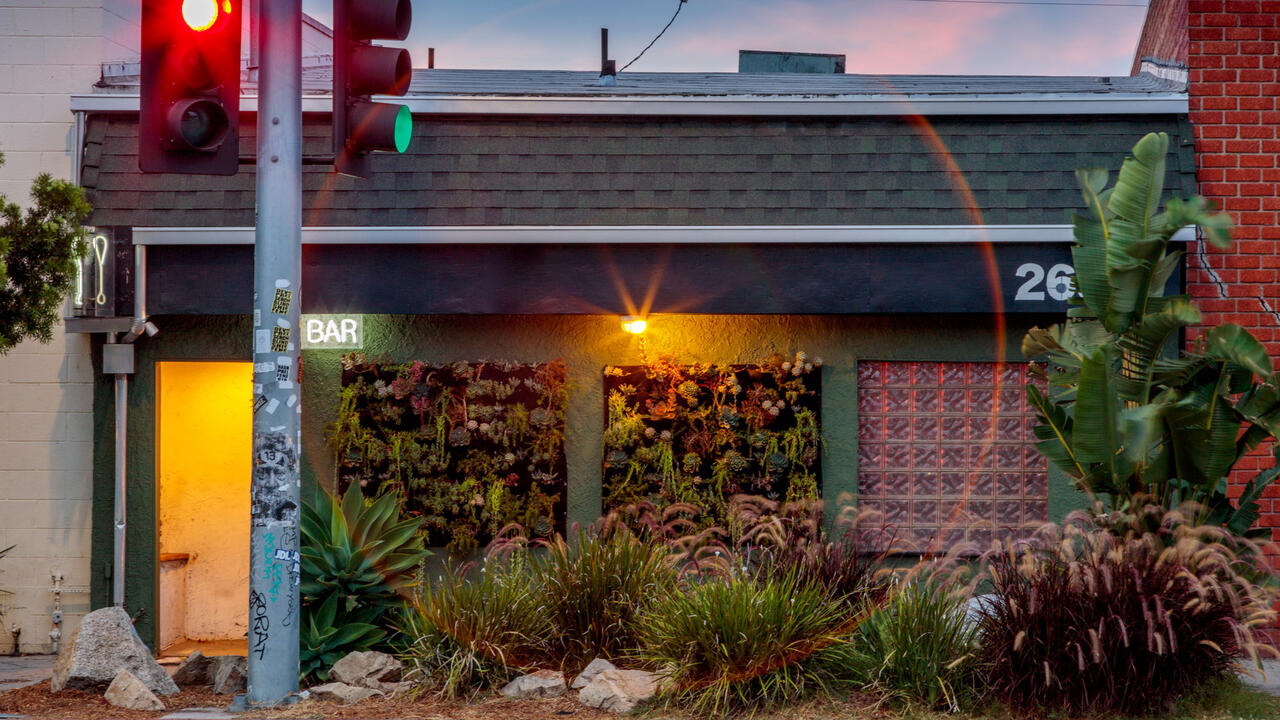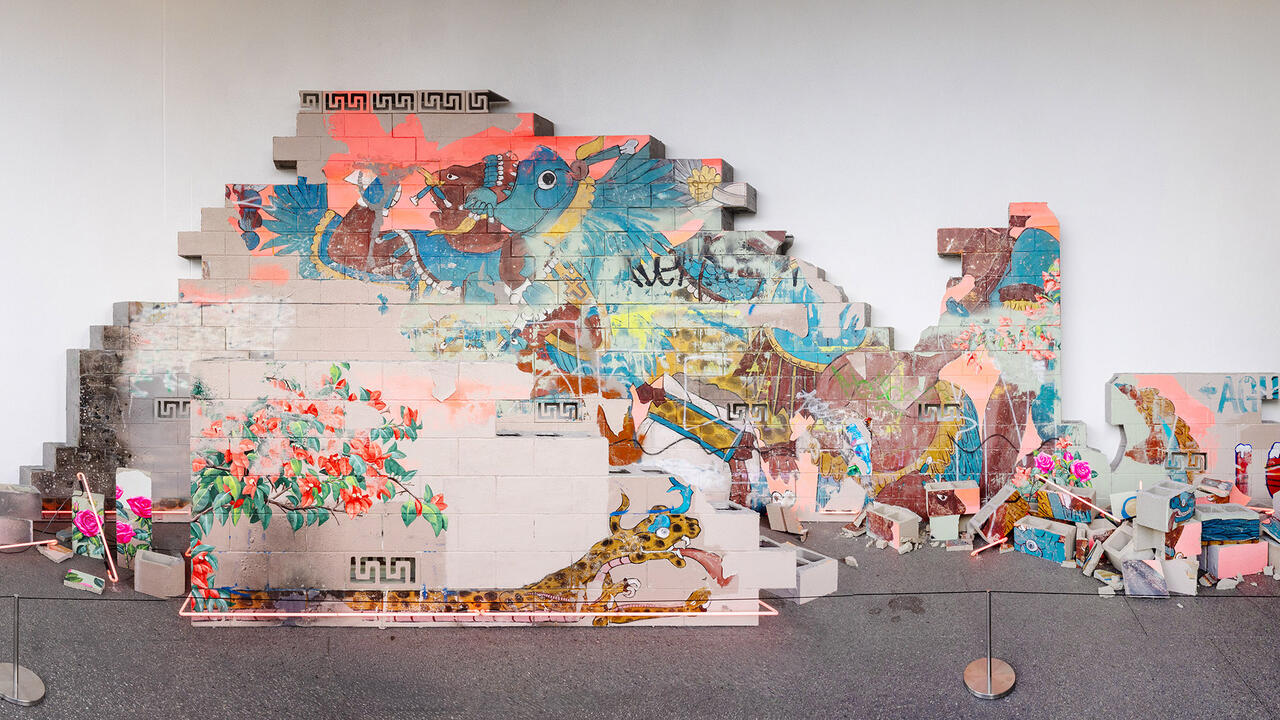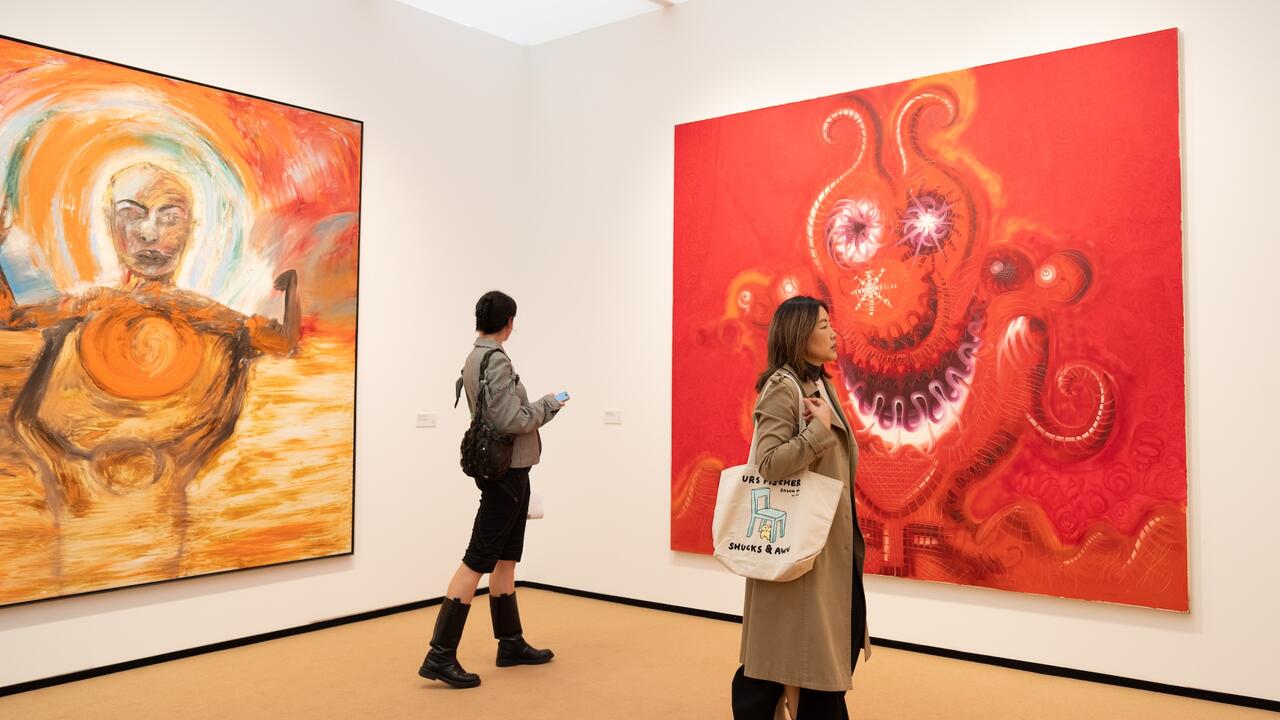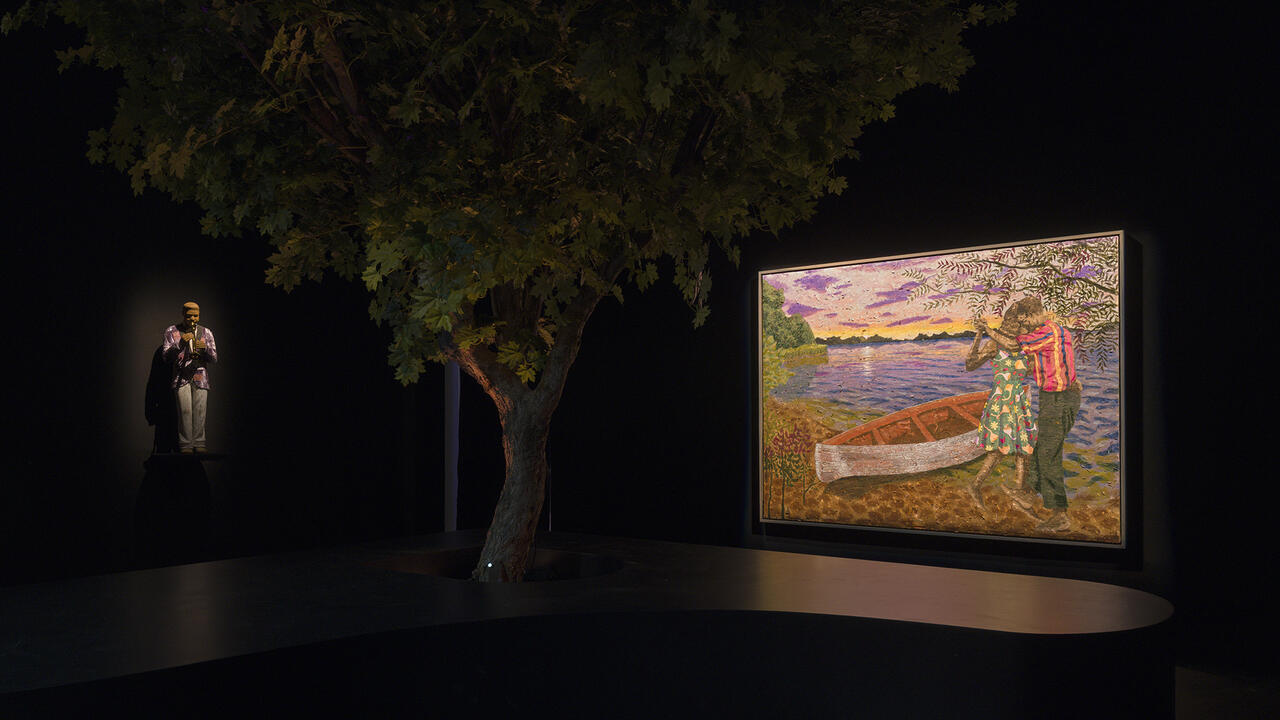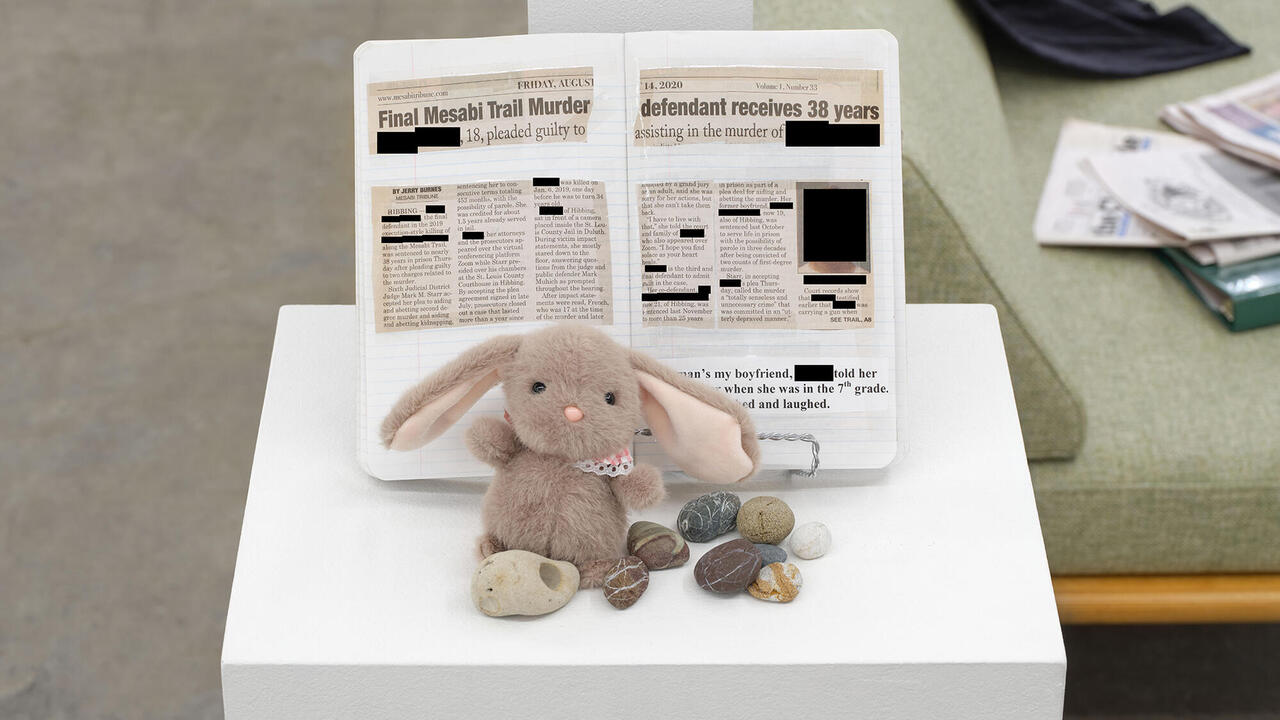The ‘Blood and Treasure’ of Karen Kilimnik
Kilimnik’s subjects are nearly always brutal – murder, empire, war – and just as often delivered with a practiced detachment
Kilimnik’s subjects are nearly always brutal – murder, empire, war – and just as often delivered with a practiced detachment

The 1969 Manson ‘Family’ murders were savage. But what has made them myth is the unsettling, childish detachment of their hippie-naïf perpetrators. Karen Kilimnik taps into this deep current of adolescent sociopathy throughout her work, but particularly in a piece prominently on display at Sprüth Magers: Helter Skelter (1992), which is comprised of ‘acrylic, costume jewellery and turkey fork’. The notorious phrases of Charles Manson’s ‘children’ are reproduced on the gallery wall – in paint this time, rather than in the blood of their victims. The effect is slippery and comic. Distanced from the context of the murder site on Los Angeles’s affluent Cielo Drive, Manson’s call to race war looks downright awkward, with little of the panic of the original ‘gesture’. A trio of drawings, hung nearby, amplify the effect – sheets of paper apparently finger-painted in blood-red acrylic with words like ‘Charlie’, a peace symbol and murder victim Sharon Tate’s old address.

Kilimnik’s subjects are nearly always brutal – murder, empire, war – and just as often delivered with a practised detachment. Scout’s map (2004) shows North America etched by the boundaries of indigenous tribes, like a children’s guide to genocide. A 2018–19 series of untitled paintings on unstretched canvas depict (or are) maps of major conflict zones. Some are overlaid with troop movements, or river tours on the Rhine and Rhône; one describes the occupation of Poland at the end of World War I. These are rendered in washy but bold colours – red, blue, grass green and black acrylic. Another nearby work is far more chaotic, depicting the air battle over Europe during World War II. Brushy sketches of Allied and Nazi planes explode with orange-yellow flames and gunfire above the muddy green, nocturnal landscape of a map marked in sky blue with national borders and a handful of cities. The scene is abstract, loosely rendered; its relationship to history is just as rough. These paintings have a dashed-off quality that conveys an almost polemical weariness with the details of current events. Another recent work, Untitled (2019), shows the shape of southeastern China, marked only with a dot and the words ‘Hong Kong’.

Indeed, the map paintings are interspersed with a series of studies of clouds, at equal scale, their billowy edges echoing the indecision of imperial borders. Kilimnik seems to relish this sort of formal collapse. The clouds, for instance, also suggest the puffs of gunsmoke in a set of 16th-century miniature pistols – the Duel (1993), a painting of two flintlock pistols. The way the artist portrays ‘war’ suggests the callous gentility of kings exchanging colonies across a banquet table. Her drawings of aristocratic women and interiors, likewise, feel violently abstract. The figures in Makeup brush belonging to Baroness von Maquiriche (1983) are dwarfed by the titular brush; their bodies are unfinished sketches. In a pastel portrait titled Chantilly Snowflake (1986), a horse floats in the middle of a torn-out sheet of textured paper. A half dozen quick pictures of women and girls from different eras, dripping with jewels – not least the line drawing lots of jewelry + eyelashes – must be Elizabeth Taylor (1981) – fetishize the doomed Hapsburg princess in a way that is as fluently low-res as the maps.

Kilimnik hammers on this emptiness in a 2019 series of cardboard models of world-heritage sites – like Big Ben and the British Houses of Parliament, St Basil’s Cathedral in Moscow and the Tower of Pisa – all bedazzled with Swarovski crystals and plastic rhinestones. The faux jewels distend whatever scaled-down dignity the models had, while also amplifying the self-conscious absurdity of an art practice that would lead to such depressive crafts. If delusions of grandeur are born in the idealism of isolation and privilege, Kilimnik undoes that solitude by introducing it to the gallery. Yet, as the white cube is a similar cloister, the artist’s didacticism, such as it is, comes out as watery and loose as a paper monument. Her deflations cut both ways. One painting on paper is titled the mastermind - a girl mastermind (1990): under a map of Hitler’s westward advance done in out-of-the-box red acrylic and crayon, Kilimnik has written in ink: ‘Girl’s bedroom? & is Nazi troops / So pretty / colors & shapes.’ It is an acrobatic collision of ideas – and only hints at the moral equivocations, the blood and treasure, it takes to sustain such a frilly pink fantasy.
‘Karen Kilimnik’ continues at Sprüth Magers, Los Angeles, USA, through 26 October 2019.









